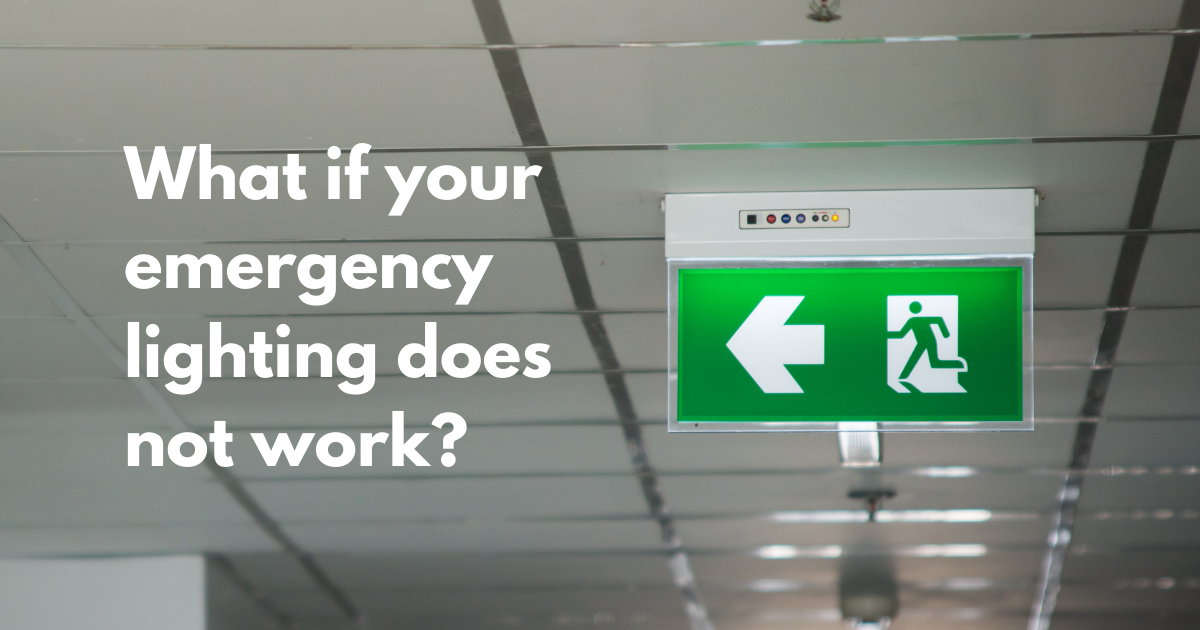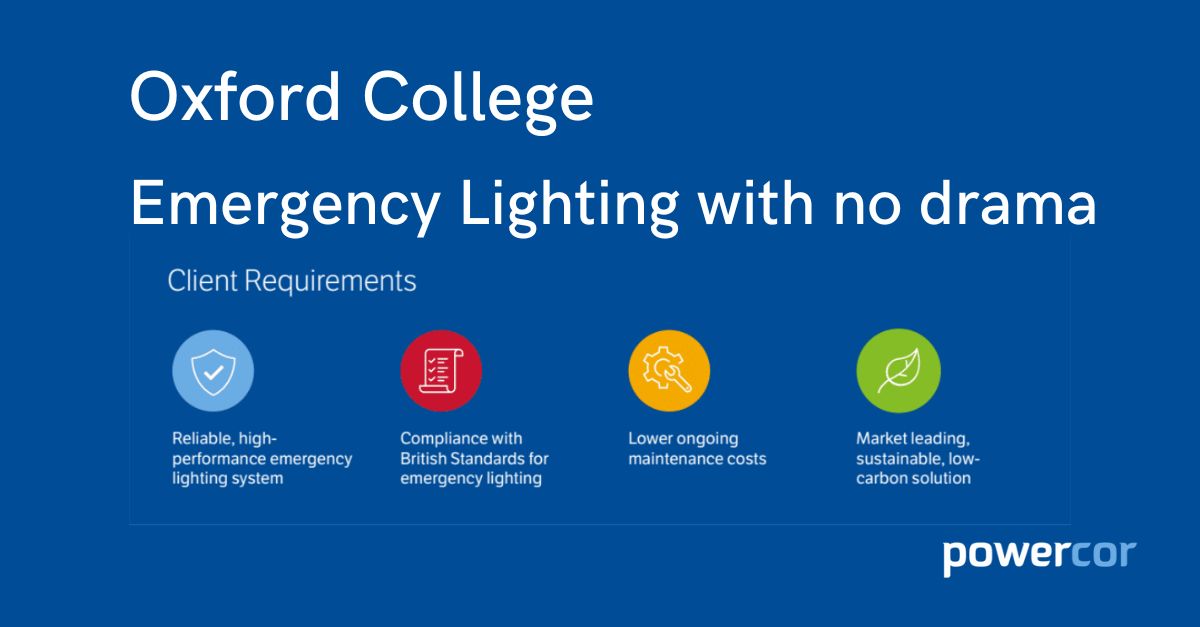Emergency lighting is a legal requirement and it has to be regularly tested. But what happens if you find your system is not working?
The requirement for the system to be tested monthly and more extensively annually is designed to ensure that the first time you realise the system may not be operating is not when you need it most.
Most emergency lights installed in businesses are simple lighting devices that contain a small battery. The device is connected to the building’s mains electrical supply, which provides a constant charge to the battery.
In the event of a power failure, circuitry in the fixture activates the lights, so that occupants can see to exit the building.
If the power has been cut to test the system, and the emergency lighting does not respond, the problem may be simple and there are a number of checks that can be made.
The biggest issue, particularly when the mains power is cut, is all too often the battery.
The biggest indicator that the charge in the battery could be at fault will be a brief period of some light when the power was cut. The brief illumination will point to no issues with the connection between the battery and the light, therefore, the charge is likely to be the problem.
Another way to check this is when the power is normal, was the green charge LED indicator illuminated?
The standard acid-based batteries that are used in systems are designed to last for three to four years. At Powercor our systems come with Lithium battery technology meaning our luminaires have an expected service life of six to 12+ years. The use of Lithium batteries is in our view a significant aid to the ability to ensure that your emergency system will be there for when it is most needed.
Should there be no light whatsoever the problem may lay with the connections. They should be checked both from the mains and the batteries. You should also check to see whether the lamp or LED strip is connected to the PCB correctly.
You will need to check whether there has been any water ingress into the system or whether there is a problem with the systems (PCB) which charge the batteries and also ensure that main supply is delivered to the emergency lighting system. This can be a more complex check to make and may require expert assistance.
The problem may rest with the lights themselves.
This may require the support of a specialist such as Powercor, as some of the tests may require specific equipment and expertise.
However, technology can go a long way to ensuring that not only are the systems tested but issues are quickly identified. Those monthly tests can be carried out without the need for a physical visit to your premises.
We offer a state-of-the-art lighting management system that manages all compliance requirements for you.
The system monitors each luminaire remotely and provides automatic monthly test scheduling and reporting. Following each test, clients receive a detailed report listing the performance of every luminaire with recommended actions.
Powercor is an award-winning company, delivering sustainable and efficient energy solutions for private and public clients. We have worked extensively with schools and businesses to upgrade their lighting and power systems and install the very latest emergency lighting solutions. With over 10 years’ experience in the energy efficiency sector, we empower customers to maximise their benefit from lighting and energy solutions whilst reducing energy consumption and saving money. With a dedicated team of technicians and engineers, we manage all of your energy needs – from lighting and sustainable energy to infrastructure and safety.
For more information
Download our FREE Emergency Lighting Guide or contact us for a quote on 01932 839 890 or email sales@powercor.co.uk.







